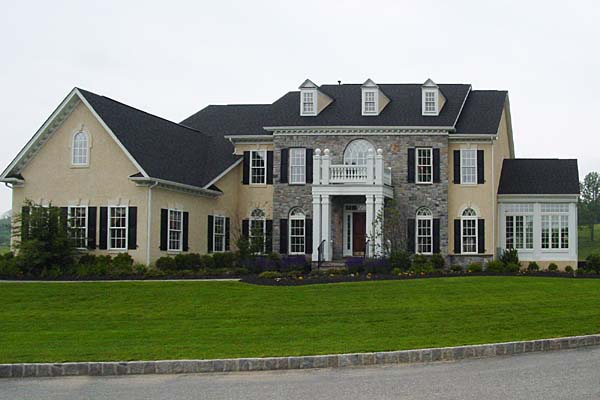FLAT
Understanding FLAT in Real Estate
In the realm of real estate, the term 'FLAT' holds significant relevance, particularly in the context of residential properties. A FLAT, in simple terms, refers to a floor or part of a floor in a building that is designed for occupancy by a single family for residential purposes. This concept forms the bedrock of numerous real estate transactions and plays a pivotal role in shaping the housing landscape across the world.
Key Characteristics of a FLAT
Occupancy
A FLAT is intended to be occupied by a single family, distinguishing it from other residential setups such as apartments or condominiums.
Autonomy
Unlike shared living spaces, a FLAT offers a sense of autonomy and exclusivity to its occupants, providing them with their own individualized residential unit.
Ownership
FLATs can be owned outright by the occupants, or they can be leased from the property owner, depending on the prevailing real estate arrangements.
FLATs vs. Apartments:
Deciphering the Distinction
FLATs vs. Apartments:
Deciphering the Distinction
It's not uncommon for the terms 'FLAT' and 'apartment' to be used interchangeably, leading to confusion regarding their true meanings. While both these housing options cater to residential needs, they possess distinctive characteristics that set them apart.
FLATs
Ownership:
FLATs are often associated with ownership, where individuals or families own the rights to their respective living spaces within a larger residential complex.
Exclusivity:
Each FLAT is designed to offer privacy and exclusivity, with distinct boundaries delineating one unit from another.
Apartments
Tenancy:
Apartments are typically associated with tenancy, where occupants rent their living spaces from the property owner or management company.
Shared Facilities:
In many cases, apartments come with shared facilities such as common areas, parking spaces, and recreational amenities.
The Allure of FLAT Living
The appeal of FLAT living lies in its ability to provide residents with a private, self-contained living environment while also offering the benefits of community living within a larger building or complex. This blend of autonomy and communal living is a significant draw for individuals and families seeking a balanced residential experience.
Investment Potential
From an investment standpoint, FLATs often hold substantial value, serving as coveted assets in the real estate market. Their potential for appreciation, coupled with the allure of homeownership or long-term tenancy, positions FLATs as sought-after real estate assets for both occupants and investors alike.
Conclusion
In the expansive domain of real estate, FLATs stand as emblematic fixtures that embody the essence of individualized residential living within a larger communal setting. Their distinctive attributes, investment potential, and allure make them a cornerstone of residential real estate, perpetuating their enduring significance in the housing landscape.
Whether as a place to call home or as an investment opportunity, FLATs continue to carve their niche in the hearts and minds of those navigating the dynamic realm of real estate.
So, whether you're a prospective homeowner, an investor, or simply an enthusiast of real estate, the concept of FLATs holds an undeniable allure that transcends mere bricks and mortar, offering a glimpse into the fusion of personal space and community living.
What are the key distinctions between FLATs and apartments?
How do FLATs contribute to the real estate investment landscape?
Can you elaborate on the appeal of FLAT living for residents?
MORE REAL ESTATE TERMS
A, B, C, D, E, F, G, H, I, J, K, L, M, N, O, P, Q, R, S, T, U, V, W, X, Y, Z
Featured New Home

Featured Mortgage Brokers
- MCCUE MORTGAGE COMPANY, NEW BRITAIN, CT
1 LIBERTY SQ
NEW BRITAIN, CT 6051 - EQUITY LOANS LLC, NEW CITY, NY
216 CONGERS RD STE 3A
NEW CITY, NY 10956 - FLAGSTAR BANK FSB, VIENNA, WV
510 GRAND CENTRAL AVE
VIENNA, WV 26105 - CATALYST LENDING INC, GREENWOOD VILLAGE, CO
6530 S YOSEMITE ST STE 310
GREENWOOD VILLAGE, CO 80111 - VENTA FINANCIAL GROUP INC, LAS VEGAS, NV
1300 S JONES BLVD STE 150
LAS VEGAS, NV 89146